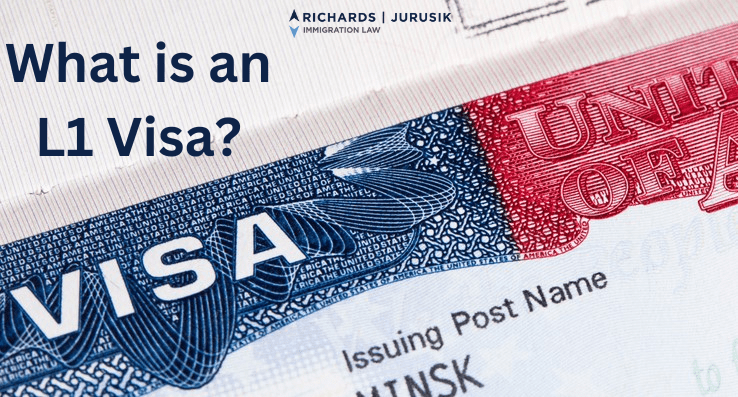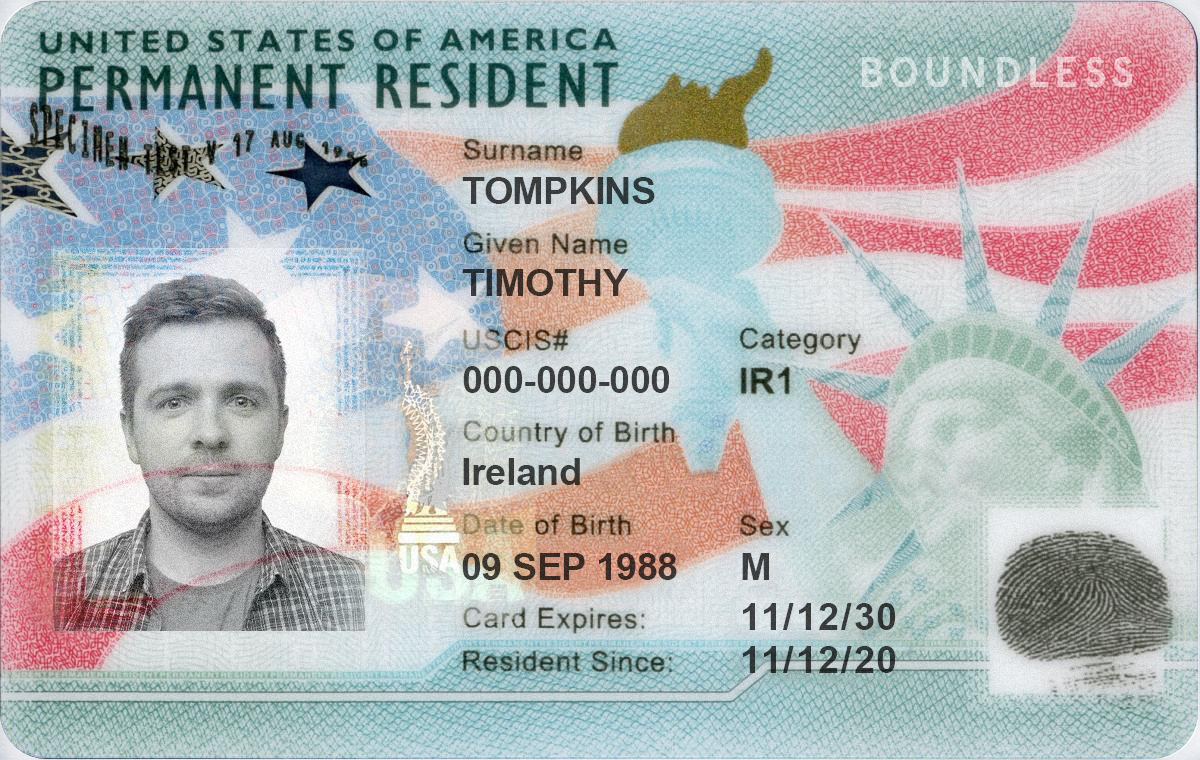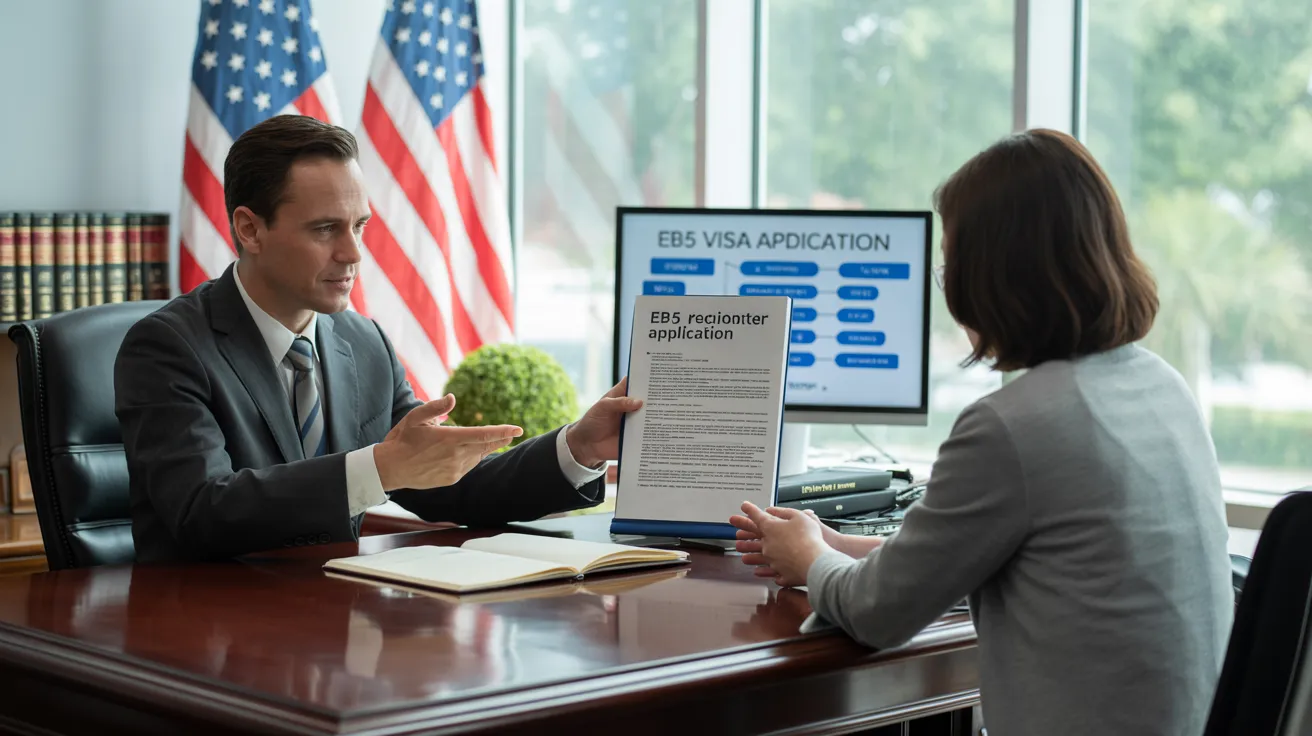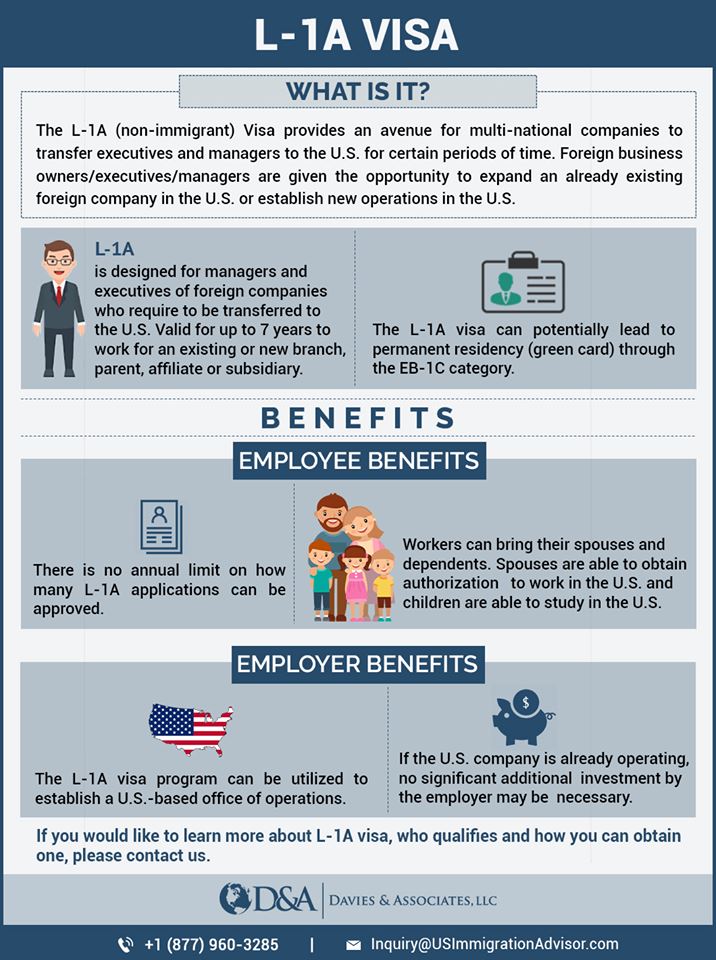Apply for L1 Visa
Wiki Article
4 Simple Techniques For L1 Visa
Table of Contents7 Simple Techniques For L1 VisaTop Guidelines Of L1 VisaIndicators on L1 Visa You Should KnowTop Guidelines Of L1 VisaThe 5-Minute Rule for L1 VisaThe 10-Minute Rule for L1 Visa
Readily Available from ProQuest Dissertations & Theses International; Social Science Premium Collection. (2074816399). (PDF). Congress. (PDF). DHS Workplace of the Inspector General. (PDF). (PDF). "Nonimmigrant Visa Stats". Fetched 2023-03-26. Department of Homeland Protection Office of the Assessor General, "Evaluation of Vulnerabilities and Potential Misuses of the L-1 Visa Program," "A Mainframe-Size Visa Loophole".
United State Division of State. Obtained 2023-02-08. Tamen, Joan Fleischer (August 10, 2013).
3 Easy Facts About L1 Visa Described
In order to be eligible for the L-1 visa, the international firm abroad where the Recipient was utilized and the United state firm need to have a certifying relationship at the time of the transfer. The various types of certifying partnerships are: 1.
Business An owns 100% of the shares of Company B.Company A is the Parent and Company B is a subsidiary. There is a qualifying relationship between the 2 firms and Company B ought to be able to fund the Beneficiary.
Instance 2: Business A is integrated in the U - L1 Visa.S. and wishes to seek the Recipient. Firm B is included in Indonesia and uses the Recipient. Business A has 40% of Company B. The staying 60% is owned and managed by Firm C, which has no relationship to Firm A.Since Firm A and B do not have a parent-subsidiary relationship, Business A can not sponsor the Recipient for L-1.
Business A possesses 40% of Firm B. The staying 60% is possessed by Business C, which has no connection to Company A. Nonetheless, Business A, by official arrangement, controls and full handles Business B.Since Business An owns much less than 50% of Business B but takes care of and manages the business, there is a qualifying parent-subsidiary connection and Firm A can sponsor the Recipient for L-1.
8 Easy Facts About L1 Visa Shown
Firm B is incorporated in the U.S.The Of L1 Visa

The L-1 visa is an employment-based visa group established by Congress in 1970, allowing multinational business to move their supervisors, executives, or vital workers to their United state procedures. It is frequently referred to as the intracompany transferee visa.

Additionally, the beneficiary has to have worked in a managerial, exec, or specialized staff member setting for one year within the three years coming before the L-1A application in the foreign firm. For brand-new workplace applications, international employment must have remained in a managerial or executive ability if the recipient is involving the USA to work as a supervisor or exec.
Some Known Questions About L1 Visa.

If provided for a united state company functional for greater than one year, the initial L-1B visa is for as much as three years and can be prolonged for an added 2 years (L1 Visa). Alternatively, if the U.S. firm is freshly developed or has been operational for less than one year, the initial L-1B visa is released for one year, with expansions available in two-year increments
The L-1 visa is an L1 Visa requirements employment-based visa category developed by Congress in 1970, enabling international business to transfer their supervisors, executives, or key workers to their U.S. operations. It is frequently referred to as the intracompany transferee visa.
L1 Visa Fundamentals Explained
Furthermore, the beneficiary should have worked in a supervisory, executive, or specialized worker placement for one year within the three years coming before the L-1A application in the international company. For brand-new office applications, international work needs to have remained in a supervisory or executive ability if the beneficiary is pertaining to the USA to function as a supervisor or executive.for as much as seven years to look after the operations of the U.S. affiliate as an exec or supervisor. If issued for a united state company that has actually been functional for even more than one year, the L-1A visa is at first provided for approximately three years and can be prolonged in two-year increments.
If approved for a united state company operational for more than one year, the initial L-1B visa is for as much as three years and can be prolonged for an extra 2 years. On the other hand, if the united state company is recently developed or has actually been operational for less than one year, the preliminary L-1B visa is provided for one year, with expansions readily available in two-year increments.
Report this wiki page